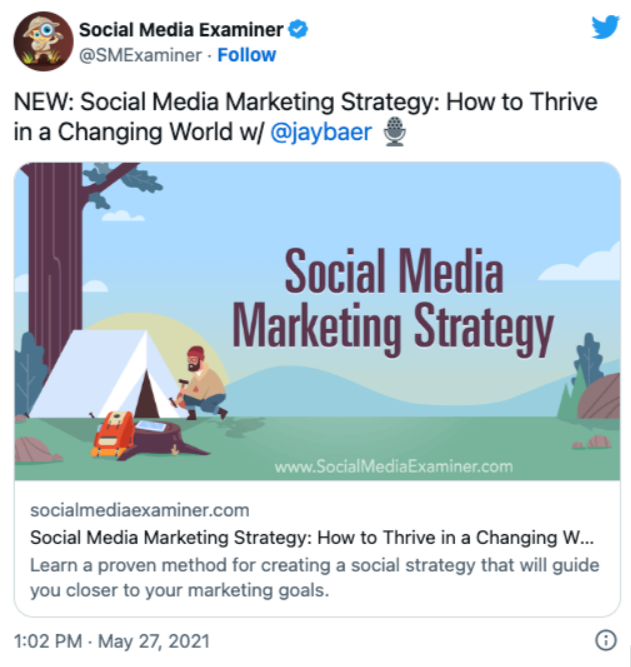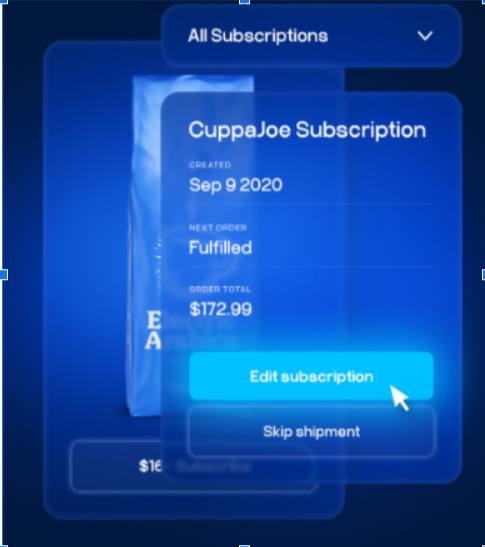Costs Per Conversion

Roughly 22% of organizations are happy with their conversion rates. Should you feel the same? Figuring out today’s digital marketing landscape is one thing. But tracking your campaign’s effects and ensuring a return on investment is another.
This is where cost per conversion (CPC), otherwise known as cost per acquisition (CPA) comes into the picture. It’s vital to ascertain your CPC. At Upscribe, we want to help you boost your conversion rate and understand more about this critical financial metric. Read on to discover what CPC is and why it’s important.
What Is Cost Per Conversion?
CPC is an acronym for Cost Per Conversion. It’s a marketing metric that tells you the average cost of your online advertisement. In other words, it’s a term used to describe the total amount paid for your advert concerning the success of the advert’s objective.
The financial KPI measures how successful the various paid marketing channels were, such as pay-per-click (PPC), social media, affiliate, display, and content marketing. It refers to the ratio of the number of advertisement views and successful conversions (signups, purchases, membership, or what your advert’s original goal was), stemming from those advert views. Don’t confuse the term with cost per click – which is also abbreviated to CPC.
Why Is Cost Per Acquisition Important?
It’s Budget-Friendly
Cost per conversion is essential because it enables your organization to gain more in terms of converting visitors into customers cost-effectively. Without taking advantage of CPA, you risk paying more than it’s worth for your business to acquire a new client, or forking out too much for each client acquisition.
Continuing Sustainability
Cost per conversion is crucial for your company’s long-term sustainability and is key to creating a strong client acquisition strategy. It reveals whether your marketing campaign was effective, plus it’s easy to set a budget for your CPAs. If this budget doesn’t get the results you want, adjust the campaign, so it reaches your target audience.
Desired Results
The affiliate marketing software with cost per conversion is fundamental because you only pay when you achieve the desired result. So, in terms of the desired outcome, this will be bought by an advertiser. Alternatively, there’s a form type that visitors can fill in with their email addresses and names as a list of prospective customers.
What Factors Impact Cost Per Conversion?
Your Product
Your product is the first factor that impacts the cost per conversion. You could devise the perfect campaign with striking imagery, compelling content, and a glitch-free landing page. But none of this matters if your product isn’t right. Even the most impeccably designed campaign can’t fix a flawed product. This is usually the most often-missed reason for sub-standard results.
Your Audience
While your product may affect your CPC the most, your audience is next on the list. You might run a good campaign, but there’s no chance it’ll convert unless it targets the right audience.
There’s probably a massive audience with different stages of willingness to convert. But there’s no way you can target all of them with a hard sell. Your prospective customers usually look a bit like this:
- Individuals who aren’t aware of your brand but have applicable interests
- Individuals who are aware of your brand but haven’t purchased from you yet
- Individuals who’ve purchased from you before
Your Content
Your copy influences your campaign’s performance. But your target audience should also help ascertain the style of your content. Will it sound chatty or professional? Use slang expressions or not? If there’s poor grammar and misspellings in your ads, they won’t perform. Your content must persuade someone to act, whether it’s a soft sell or a hard sell.
Your Post Type
It’s that your ad be a link share if you’re running a campaign with the goal of a conversion. When a user clicks on your description or thumbnail, this takes them to your landing page – which is, of course, the aim of the campaign.

Several marketers think photo share posts displaying a link in the description work better. But others fail to follow the right metrics when bragging about their ad success (mistakenly concentrating on engagement). Unfortunately, this isn’t always true. You should test photo sharing if your products are particularly visual (such as fashion).
Don’t forget to think about video sharing, too. Given the accessibility of the call-to-action button, videos are incredibly effective.
What’s the Best Conversion Costs Formula?
It’s easy to work out the cost per conversion – just use this cost per conversion formula:
Cost Per Conversion= Total Cost of
Generating Traffic/Total Number of Conversions
To figure out the cost per conversion, divide the overall money spent on your ad campaign by the number of conversions made because of the campaign.
Let’s say your campaign costs $80 for 70 views, and you generated seven conversions. Your cost per acquisition is $80 divided by 7. So, your cost per conversion is $11.
It’s important to know, as it helps in managing your budget and figuring out the best ways to advertise. If you raise your conversion rate, you’ll reduce your Cost Per Conversion.
Typical Platforms and Their Advertising Costs
Curious to know how much online ads cost on the most-used search engines and platforms? There’s no clear-cut answer, as this is largely down to what you want to accomplish and the pricing plans offered.
For instance, LinkedIn and Google implement an auction model. Businesses bid for keywords, keeping prices fairly unpredictable. The most common platforms include GoogleAds, Meta, Microsoft Advertising (Bing), and LinkedIn. When selecting a plan, we suggest thinking about the following:
- How much control and flexibility does the plan give you to take care of your campaign?
- Can you stop when you want and tweak the plan as you like?
- Will you be able to afford the costs?
- What are you paying for, and when do you need to pay?
Subscription-Based Platforms
Have you considered implementing a subscription-based platform into your ecommerce store? Subscriptions offer reassurance and peace of mind. There’s been a growth of over 435 percent in the last nine years or so. Plus, around 78 percent of grown-ups across the globe have joined for some sort of subscription service.
Providing subscriptions, such as via Upscribe, on repeat purchase products is excellent for encouraging customers to return. Be mindful of their buying practices and develop subscription-based offers in line with products more appropriate for repeat sales, including consumable items and goods that need substituting more frequently.

How to Decrease Your Cost Per Acquisition
1. Pause Low-Converting Keywords
Review your keywords regularly. It doesn’t matter if you’ve been doing PPC for six weeks or six years. Make this a priority. While there’s a whole gamut of info about each keyword, verify this first to ascertain which keywords are producing conversions and which ones aren’t.
When you’ve distinguished the keywords that aren’t generating results for your business, investigate the total number of clicks. Think about pausing keywords that have only generated four conversions. But if it got six clicks to start with, it might be worth keeping it in your campaign, as that’s a 50% conversion rate.
2. Assess High-Converting Keywords
Once you’ve paused your low-converting keywords, there’ll be more space in your budget to concentrate on the keywords that are generating results for your business. It’s easy to do this – use the ‘Search Terms’ tab to discover how clients find your adverts.
You’ll then see a list of long-tail keywords users typed in before clicking on your advert and becoming paying customers. Be sure to insert these keywords into your campaign, as they’re an excellent chance to focus on users at even less expense.
3. Insert Negative Keywords
Every PPC campaign needs negative keywords – they stop you from pursuing users who aren’t likely to convert to clients. Add a couple of basic negative keywords,even if you don’t have any in your campaign currently.
To find the right ones, decide what you’re offering and what you aren’t. If your ecommerce store supplies women’s clothing, you could add negative keywords that eliminate users searching for “men’s clothes” or specific designer names you don’t stock.
4. Optimize Your Landing Pages and Website
Want to decrease your cost per conversion? Optimize your landing page correctly. If you have a highly optimized landing page, you’ll guarantee a higher number of users converting to paying customers. Keep your landing page user-friendly, and plan it well before creating it.
Use standout, contrasting colors that aren’t too bold or sore on the eyes. Your colors should stay above the fold and contain your essential contact details. Any links and call-to-action buttons must be simple and obvious. The test process is known as conversion rate optimization. We recommend you run occasional A/B tests to ascertain which ad/page combination gets the best results.
The Takeaway
Knowing and working out your cost per conversion is a paramount metric for any organization. Your marketing budget can explode out of proportion fairly rapidly, so be sure to monitor your cost per acquisition.
And don’t forget. Your conversions and conversion costs are influenced by different factors. You may, for instance, track your cost per sale, per service, per website, or individual watching a video.
We at Upscribe are powering the next wave of ecommerce and subscription-first businesses. If you want a seamless customer subscription experience that creates a two-way relationship between your customer and brand, why not arrange a demo?